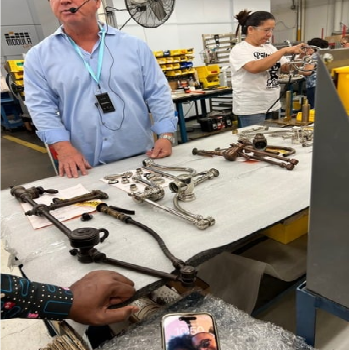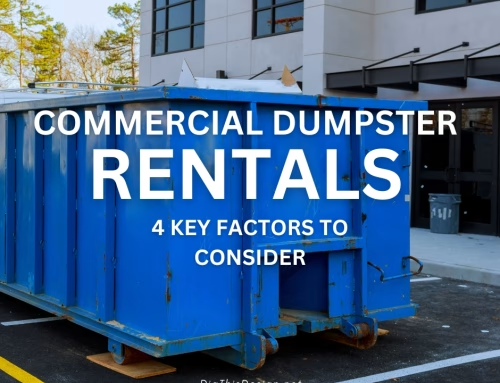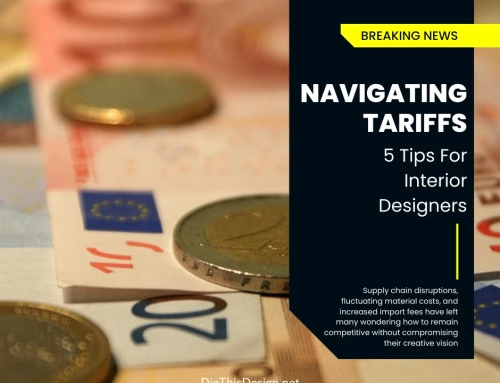In the interior design industry, the quality and reliability of your suppliers can make or break your business. A good supplier is a cornerstone of your success, from providing high-quality materials to ensuring timely deliveries. Knowing how to vet a supplier is essential to maintaining the high standards your clients expect.
As someone with a 39-year career in the interior design industry, I, Patricia Davis Brown, have seen firsthand the impact a reliable supplier can have on a project. Throughout my career, I’ve made it a point to give back to the industry by sharing business tips to help others avoid the mistakes I’ve encountered. I hope to pay it forward, offering insights that can lead to greater success and fewer headaches for fellow designers.
A Helpful Guide On How to Vet a Supplier

Patricia Davis Brown, Designer
Here are five proven tips to help you effectively vet a supplier and ensure your business thrives.
1. Research and References
The first step in learning how to vet a supplier is conducting thorough research. Look for suppliers with a solid reputation in the industry. Online reviews, industry forums, and social media can provide valuable insights into a supplier’s reliability and quality. Don’t just rely on what you find online—ask for references. Speaking directly with other businesses that have worked with the supplier can give you a clearer picture of their performance.
When contacting references, ask specific questions about the supplier’s punctuality, product quality, customer service, and problem-solving abilities. A supplier who consistently meets deadlines and delivers high-quality products will have positive feedback from their clients. This initial step is crucial in vetting and sets the stage for a successful partnership.
2. Evaluate Quality Control Processes
My Tour of Waterstone Faucet Company
Understanding a supplier’s quality control processes is key to ensuring they meet your standards. When you vet a supplier, inquire about their quality assurance protocols. Do they have certifications or adhere to industry standards? What are their procedures for handling defects or returns?
Visiting the supplier’s facility, if possible, can provide firsthand insight into their operations. Observe their manufacturing processes, storage conditions, and overall workplace environment. This visit can reveal a lot about their commitment to quality and their ability to maintain consistency.
Additionally, request samples of their products. Assess these samples for durability, craftsmanship, and adherence to your specifications. A supplier who confidently provides samples and demonstrates strong quality control measures is likely to be a reliable partner.
3. Assess Financial Stability
A supplier’s financial stability is a critical factor in ensuring a long-term partnership. When you vet a supplier, request financial statements, or conduct a credit check. A financially stable supplier is less likely to experience disruptions that could impact your supply chain.
Review their business history and look for signs of financial health, such as steady growth and the ability to invest in new technologies or expand their operations. A supplier with a solid financial foundation is better positioned to handle large orders, sudden changes in demand, and other challenges that may arise.
Understanding their payment terms is also important. Clear, fair payment terms help establish trust and ensure a smooth business relationship. A supplier willing to negotiate and provide flexible terms demonstrates a commitment to building a mutually beneficial partnership.
4. Evaluate Communication and Customer Service
Effective communication is essential when working with any supplier. When you vet a supplier, assess their responsiveness and willingness to communicate openly. Do they promptly reply to emails or calls? Are they transparent about potential issues and proactive in resolving them?
Strong customer service is equally important. A supplier who values your business will prioritize your needs and provide support when problems arise. Look for suppliers who assign dedicated account managers or customer service representatives to handle your account. This personalized attention can streamline communication and ensure your concerns are addressed promptly.
Establishing clear lines of communication and building a strong rapport with your supplier can prevent misunderstandings and foster a collaborative relationship. Regular check-ins and open dialogue about expectations, timelines, and potential challenges are key to maintaining a productive partnership.
5. Review Logistics and Supply Chain Management
Efficient logistics and supply chain management are crucial for timely deliveries and smooth operations. When you vet a supplier, evaluate their logistical capabilities. Do they have a reliable transportation network? How do they handle shipping delays or customs issues?
Understanding their inventory management practices is also important. A supplier who can accurately forecast demand and maintain adequate stock levels is less likely to face stockouts or delays. Inquire about their lead times and flexibility in accommodating urgent orders.
Discuss contingency plans for unforeseen circumstances, such as natural disasters or global supply chain disruptions. A supplier with robust risk management strategies and contingency plans is more likely to maintain reliability during challenging times.
Knowing how to vet a supplier effectively is essential for interior design businesses aiming to maintain high standards and deliver exceptional results to clients. By conducting thorough research, evaluating quality control processes, assessing financial stability, ensuring effective communication, and reviewing logistics and supply chain management, you can identify reliable suppliers who will contribute to your business’s success. Taking these steps not only minimizes risks but also fosters strong, long-term partnerships that can help your business thrive in a competitive industry.
Remember, a well-vetted supplier is not just a vendor but a valuable partner in your business’s growth and success. Investing time in the vetting process will pay off in the form of high-quality materials, reliable deliveries, and satisfied clients.
Other posts you might enjoy:
Interior Design Business: 5 Essential AI Tools to Transform Your Workflow
Diversifying Your Interior Design Business: Crafting Multiple Offerings and Income Streams
Starting Your Own Interior Design Business? Tips for Creating Your Portfolio






